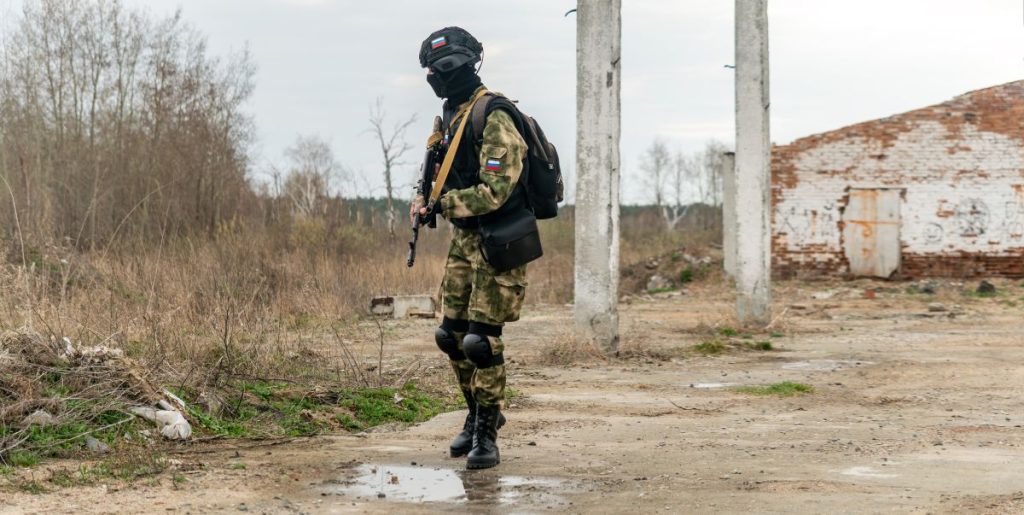Alexander Khinshtein has been governing Kursk Oblast during a period of unprecedented challenges.
Others are reading now
Alexander Khinshtein, State Duma deputy and former Rosgvardiya PR official, has been navigating one of Russia’s most challenging regions as acting governor of Kursk Oblast, following the arrest of former governor Alexey Smirnov and a recent Ukrainian incursion.
This was reported by Istories.
Appointment Amid Crisis
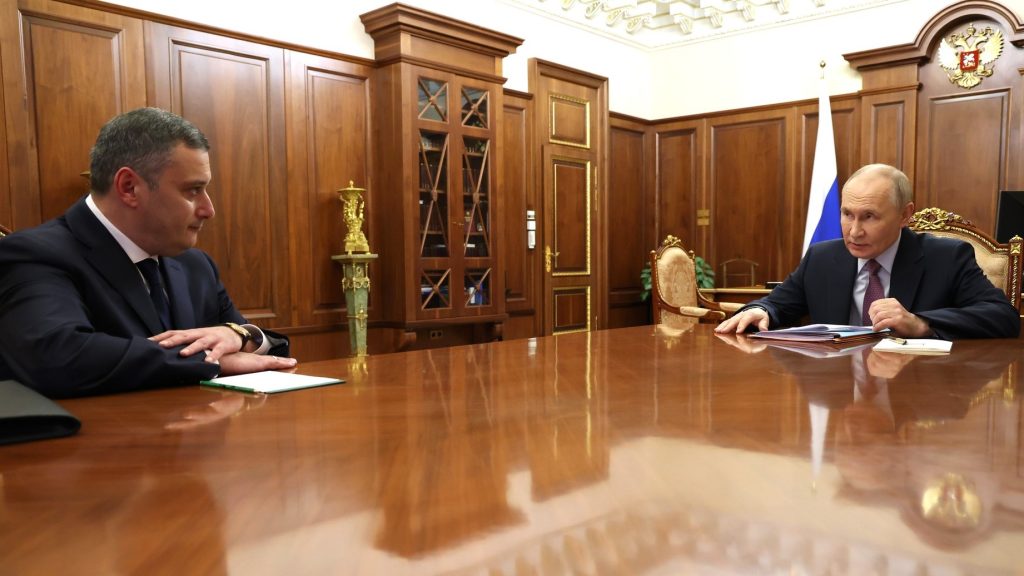
On December 5, 2024, at 10:40 p.m., the Kremlin announced Khinshtein’s appointment as acting governor.
Hours later, the local VGTRK branch posted on Telegram: “Khinshtein is a f***ing loser,” though the post was quickly deleted.
A local politician recalled, “Well, basically, everyone had that reaction… they did their duty, because they told the truth.”
Also read
Kursk Oblast in Turmoil
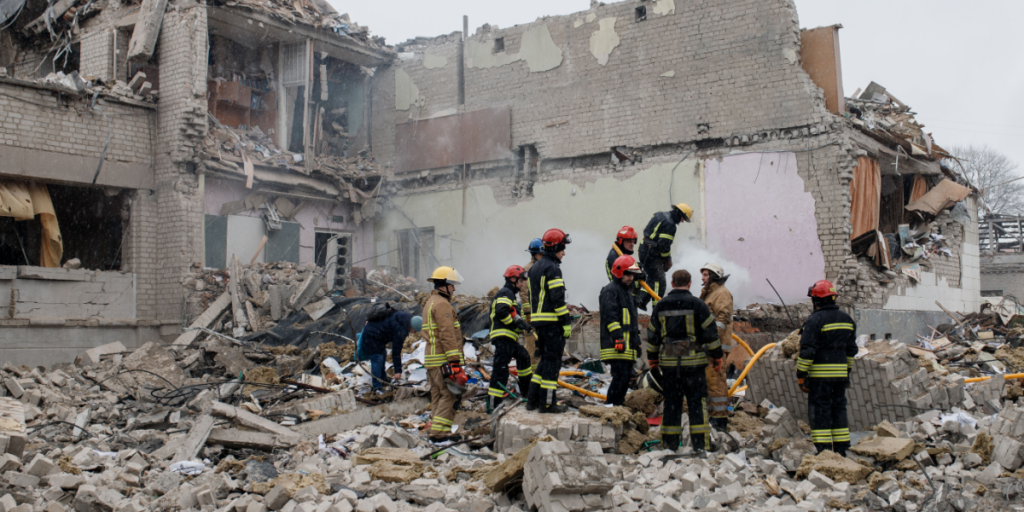
In August 2024, Ukrainian forces occupied border districts of Kursk Oblast. By November, Russia had regained only half the territory.
Refugees numbered around 150,000, with 100 killed and over 350 injured.
The region has been under counterterrorism operations and a state of emergency since the summer.
The Task at Hand

Khinshtein’s main role was “to lower the temperature of public discontent and shift attention elsewhere,” according to a Kremlin insider.
The message he reportedly received: “If you can handle it — you can handle it, if not — we’ll bury you.”
Also read
His appointment was seen as a way to manage public perception, rather than resolve structural problems quickly.
Public Relations and the “Pretty Picture”
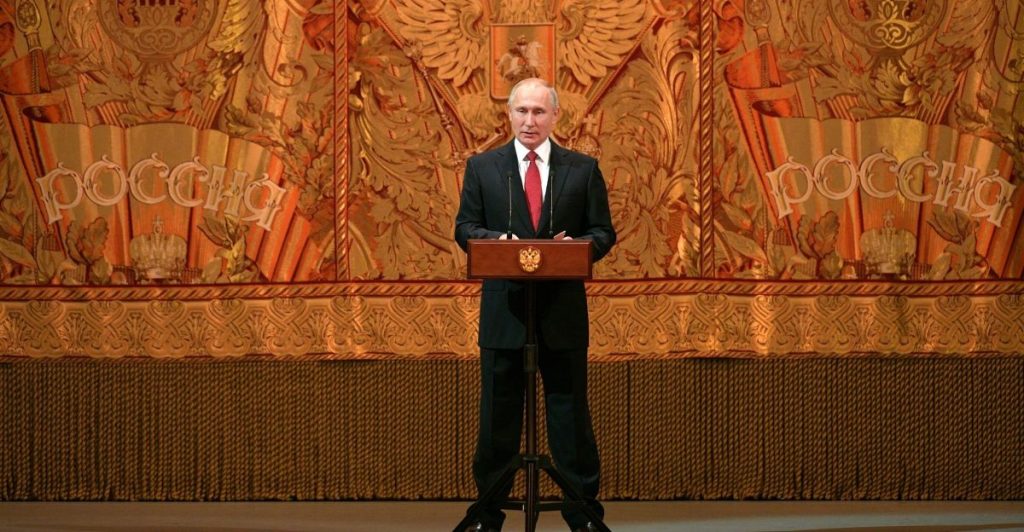
A few weeks into his tenure, Khinshtein premiered his play NeRevisor in Moscow, starring his wife.
The grotesque political satire reflected local scandals and bureaucracy, drawing media attention and offering an early glimpse of Khinshtein’s unconventional approach to politics.
Filling the Information Vacuum
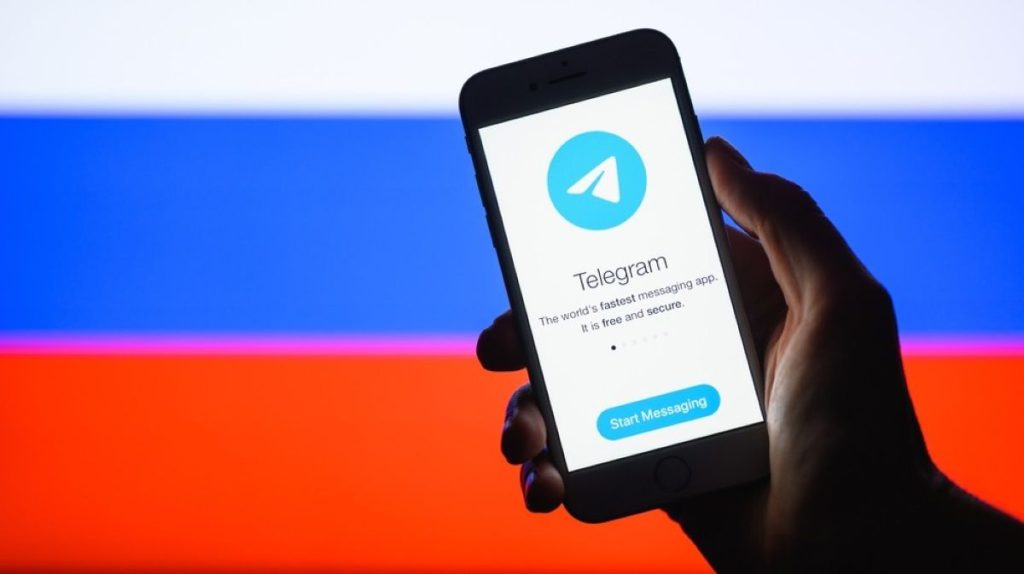
Khinshtein immediately began posting on Telegram around the clock, averaging two to three posts a day.
Updates combined information on AFU attacks with personal notes such as “Tonight I’ll spend the night in the car again.”
Also read
Cabinet meetings were streamed online, and all officials were required to maintain social media accounts.
Engaging With Residents
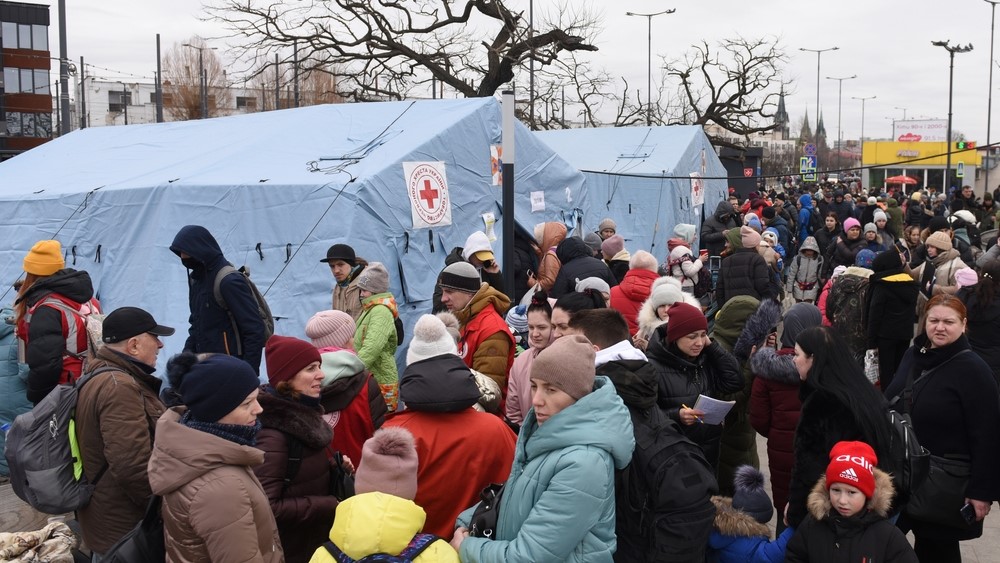
Khinshtein met with angry residents directly.
In January 2025, he confronted resettlers for five hours, arguing over housing assistance and security certificates.
He frequently criticized officials publicly for delays, while taking credit for aid that had been approved before his arrival.
Administrative Shake-Ups
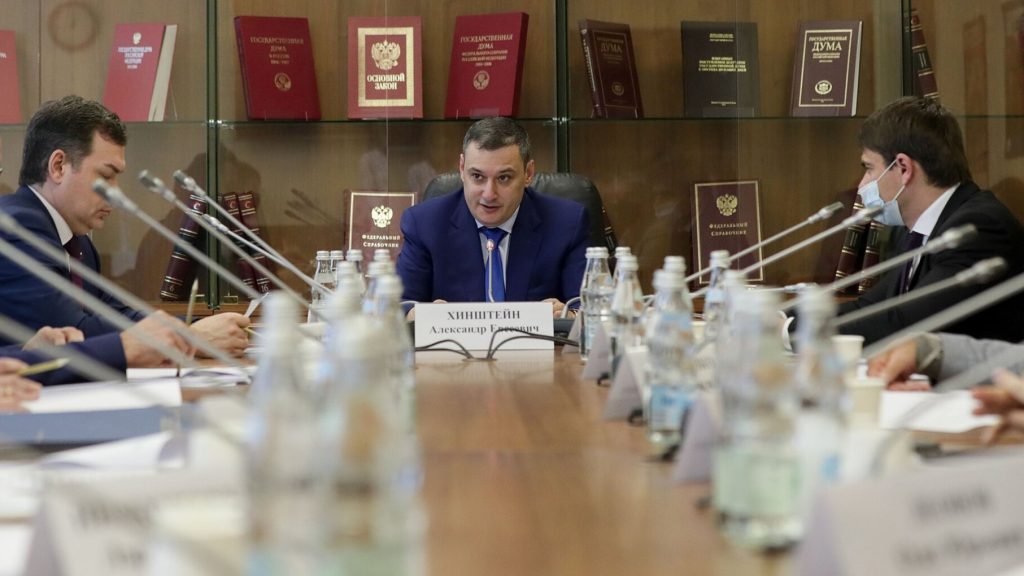
Khinshtein brought in trusted personnel from Samara and reshuffled the local administration.
Also read
Six months into his tenure, five finance ministers had been replaced, and officials from education and regional development were often unqualified for their posts.
Locals described the administration as chaotic, while security services maintained real control.
Beautification Projects
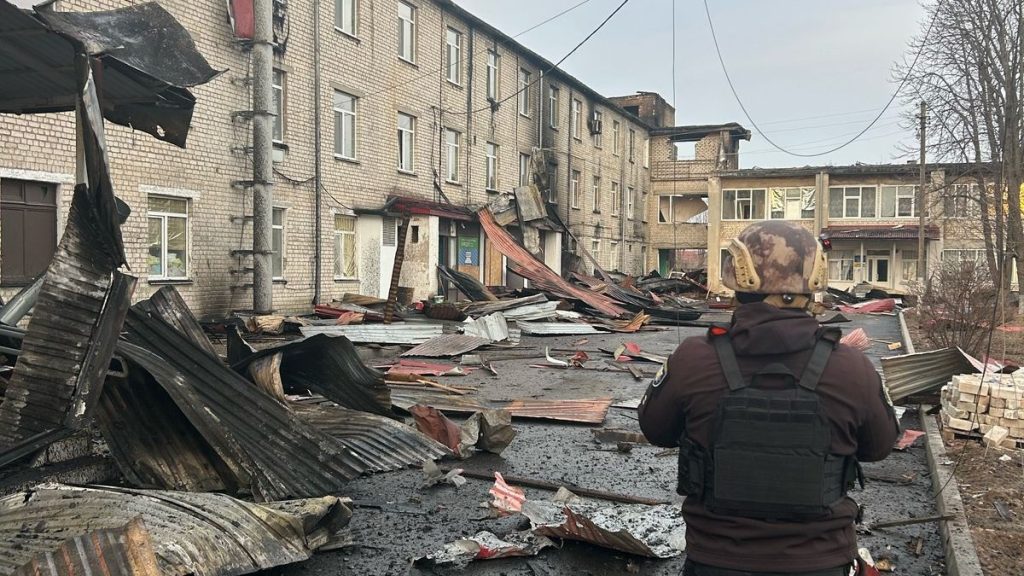
Khinshtein launched several high-profile projects — playgrounds, festivals, and a bronze Kolobok statue in Children’s Park — to create a sense of progress.
Residents criticized the initiatives, pointing out that thousands still lived in temporary accommodation centers and that urgent needs were neglected.
Plans for a “glamping park” with ski slopes sparked further outrage.
Also read
Election as a Technical Issue

The upcoming gubernatorial election is considered a “technical issue” rather than a contest of ideas.
All three of Khinshtein’s opponents previously lost to Smirnov.
Sources say the key measure will be turnout, as residents are preoccupied with recovery and ongoing war-related disruptions.
Shifting Blame and Consolidating Power
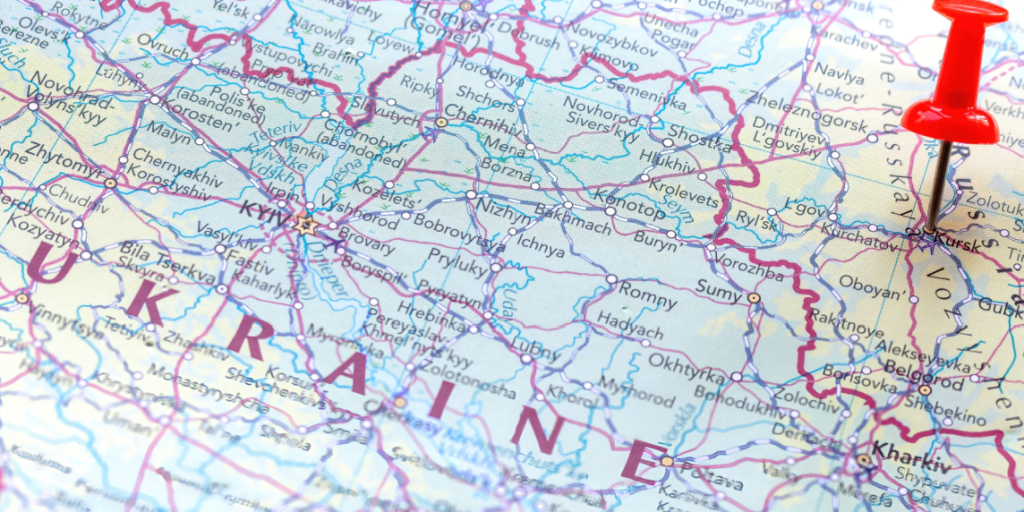
Khinshtein’s approach has largely focused on managing public perception, redistributing limited resources, and deflecting blame for the Ukrainian breakthrough away from military and border authorities.
While protests have subsided, dissatisfaction remains.

